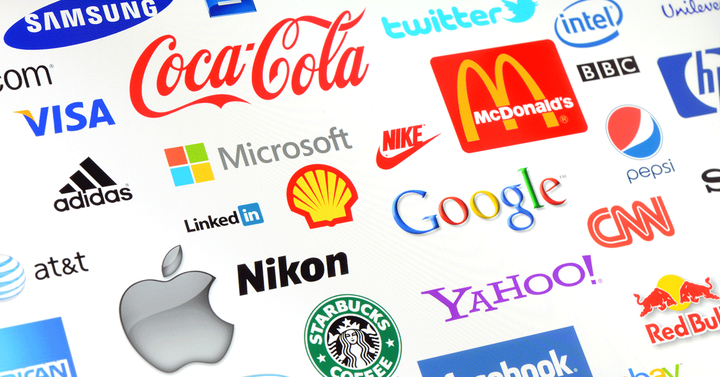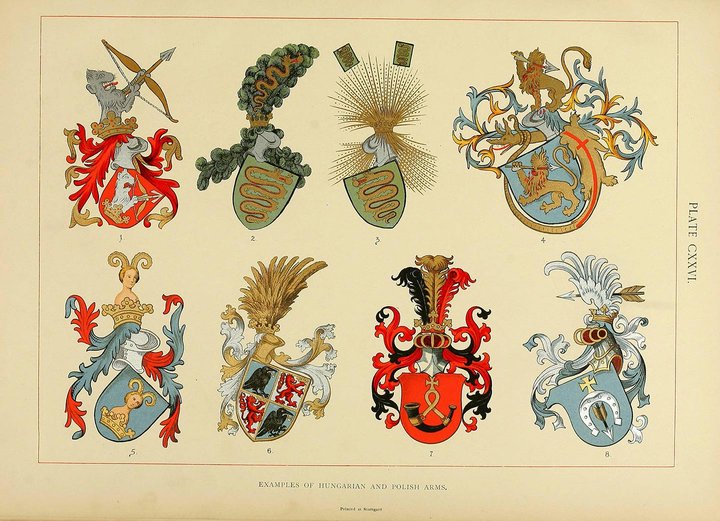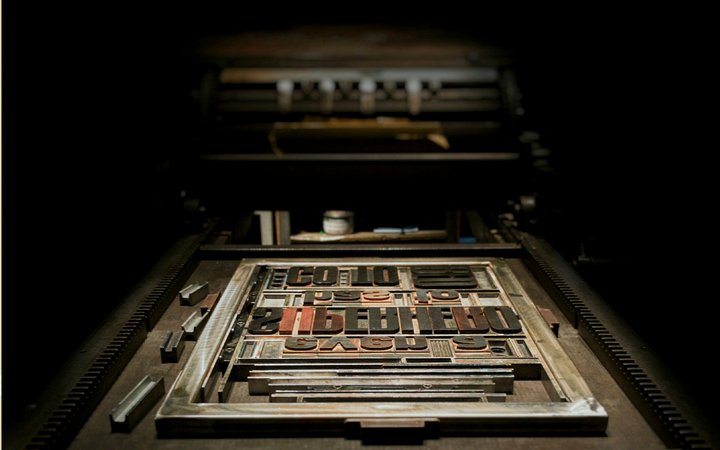A Brief History of Logos

A logo is a powerful brand asset for any business as it acts as a symbol that customers use to recognize and connect with your brand.
Picture the Nike swoosh, McDonald’s golden arches, or Apple’s apple. These are such iconic logos that they are now familiar around the world—even in different languages.
Now, you might think that logos are a relatively contemporary idea, thought up by someone in a marketing department. But people have been using emblems to identify and differentiate themselves for hundreds, if not thousands of years.
This article will explore how logos have changed over time and why they became such an important branding tool…
Ancient foundations

The Ancient Egyptians were among the first to start using symbols when they developed hieroglyphics around 3200BC.
Around 1,000 years later, Egyptians began incorporating grids into their designs so that they could develop a set of fixed standards for their drawings. This has become fundamental in logo design today as grids set proportions and ratios that allow a consistent reproduction of the same design.
The Egyptians weren’t the only ones to start using images as symbols, though. In China, around 1600BC, people were also developing their own characters, with each one representing a word or idea.
At the same point, the Ancient Greeks had also developed their own form of script, known as Linear B, which consisted of around 87 syllabic signs and over 100 ideographic signs symbolizing different objects or commodities.
In fact, the word ‘logo,’ which is short for ‘logotype,’ comes from Ancient Greek—lógos meaning ‘word, speech’ and túpos meaning ‘mark, imprint.’
Heraldic symbolism

By the Middle Ages, among the aristocracy, noble families were keen to identify and distinguish themselves from others with their own logos known as heraldic crests or a coat of arms.
It began on the battlefield during the mid 12th century as a helpful way to spot medieval royalty who were otherwise unrecognizable beneath their armor. This was soon adopted by nobles and knights who took pride in bearing the colors and arms of their predecessors and showing loyalty to the family “brand.”
Another surprising early logo development was with shop signs. Aside from aristocracy, most of medieval Europe were illiterate, so stores would hang up signs to identify what goods or services they provided, according to T Signs.
In 1389, King Richard II of England passed a law that required breweries to display a sign outside or face having their ale confiscated. This was seen as a safety measure as, during this period, water was not always good to drink, and ale was the usual replacement, so the signage was intended to help passing inspectors.
To differentiate themselves from local competition, pubs opted to use heraldic images such as a green dragon or a red lion—and these would turn into names, allowing patrons to develop brand loyalty to their favorite brewer.
In fact, brewers appeared to be ahead of the curve when it came to logos. The Belgian brewer Stella Artois is considered to be one of the first companies to use a logo in 1366, according to 1000 Logos. A reference to that date remains on its logo to this day.
Printing boom

For many, life began to change after Johannes Gutenburg invented the printing press in 1440. It helped create a wider literate reading public and spread information quickly, more widely, and accurately. But it also opened doors for more contemporary logo designs as publishers wanted to take ownership of their work.
The first newspapers went into print in the early 1600s and quickly grew in popularity, but in order to fund their production, they needed advertisements.
Businesses which placed ads in the papers were keen to set themselves apart from the competition, so they would include their logo or a symbol to stand out on the page.
By the 1800s, advancements in technology meant that color printing in mass was available for the first time ever, allowing companies to make eye-catching labels, advertisements, and posters for their brands.
It was around this time that some of the most iconic logos were created, such as Coca-Cola, designed by Frank Mason Robinson in 1885, while Levi Strauss & Co came up with its ‘two horse’ picture logo in 1892, which led to customers often asking for “those pants with two horses,” according to Time Magazine.
Screen printing became available in 1907, making it possible to print logos onto various surfaces, such as T-shirts and tote bags, although the technology didn’t make it into the mainstream for another 40 years.
Creative design

Up until the mid-century, logos had mostly served their purpose as a way to help with public identification and recognition of a brand.
But in 1956, Paul Rand designed the now iconic, pictographic IBM logo featuring an eye and a bee—something many say was a turning point in the history of logo design.
Companies began to realize how impactful symbols could be, so they shifted from creating utilitarian logos to ones that were more considered and designed with intentional thought.
One example is the Chase bank logo, which was designed by Tom Geismar, and was one of the first abstract symbol logos to be used by an American corporation. He wanted to create something bold that could be printed on a small scale and had meaning. The geometry of the emblem and its colors stood for confidence, loyalty, professionalism, and unity and showed the bank as a strong financial organization with its customers as the main value.
Other great examples include the NASA logo, designed by Danne & Blackburn in 1976 to evoke a sense of patriotism, while in 1977, Milton Glaser designed the classic “I heart NY” logo to bring more tourism to the city before offering it to the New York State Department of Commerce for free.
Digital era

Computer-aided drawing technologies were developed in the 1970s, which meant companies could start incorporating forms of CGI into their branding—opening doors for more unique logos.
By the 1990s, personal computers had become accessible to more people. When Adobe developed InDesign and Photoshop in the early 2000s, it brought sophisticated digital graphic design tools to the masses, allowing small businesses to create their own logos without needing to hire an expensive agency.
Although this new era also meant that people were consuming more media on their screens, resulting in brands having to think of innovative ways to make their logos stand out.
MTV came up with the idea of constantly changing their logo as a way of signifying the dynamism of their brand, according to the blog Logo On My Way.
In the early days of the internet, designers attempted to make logos stand out by making them appear as though they were coming out of the screen with features like drop shadows, gradients, and textures.
More recently, logo design has changed again to become a more flat and minimal style—take a look at how the Google logo advanced from when it emerged in 1998 with a semi 3D look with a slight drop shadow to the clean, crisp, and modern feel it has today.
While consistency is key, some companies have realized that adapting their logos to stay current and reflect their evolving brand identity is important. Instagram is one example where this has been done well. However, this doesn’t mean you have to completely overhaul your logo—subtle stylistic changes can also keep things current.
Conclusion
Looking at the roots of how logos evolved is fascinating and useful because it can help inform our design ideas now.
As ecommerce continues to boom, your brand remains one of the most important ways to stand out in a burgeoning crowd.
So if you haven’t already, consider taking a look at your branding strategy and, in particular, your logo. If you need any help building your brand, check out our article on the eight easy steps you need to know.
Once you have established your brand, keep it consistent by carrying this across to important documents, including invoices and packing slips.
With Sufio, you can create your own unique invoices using one of our professionally-designed invoice templates. It only takes a couple of minutes to add your logo, edit the colors, and begin creating and sending stylish documents to your customers.
Professional invoices for Shopify stores
Let Sufio automatically create and send beautiful invoices for every order in your store.
Install Sufio - Automatic Invoices from the Shopify App Store